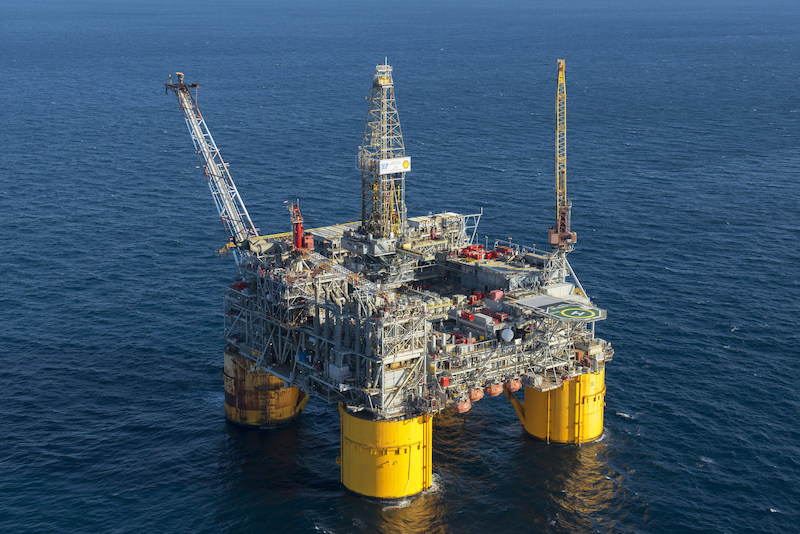I admit that I have wobbled about future oil prices and activity levels in the U.S. Gulf, primarily because I haven’t seen any clear indications that the oil and gas industry is clearly moving in a positive or negative direction.
Recent shifts in underlying economics and timing indicate that things might finally be changing for the better, leading to more offshore activity.
Most important, there has been a fairly steep drop in costs and shortened timelines for offshore developments, especially in deepwater.
In Royal Dutch Shell’s quarterly report in late July, CEO Ben Van Beurden and CFO Jessica Uhl discussed this. Shell’s most recent deepwater development in the U.S. Gulf of Mexico, Vito, will enter the construction phase with a forward-looking breakeven price below $35 bbl., after the company reduced costs by 70% from the original concept.
Kaikias, also in the deepwater Gulf, is another good example of Shell’s strategy. It took approximately four years from discovery to first production earlier this year, a year ahead of schedule. And since Shell took the final investment decision (FID) in early 2017, Shell has reduced costs by around 30%, lowering the forward-looking, break-even price to less than $30 bbl.
Appomattox has seen a similar 30% cost reduction post-FID. And, following the completion of the pre-drill campaign and the sail away of the facility for offshore installation in June, the project is on track to begin production in 2019.
Shell said that over the past two years, the company has reduced unit operating expenses in the Gulf of Mexico by more than 20%. Shell is certainly not alone in this achievement.
Lower development prices, shorter development times, the recent decline in U.S. petroleum stockpiles and strong demand from an expanding economy should increase the pressure to return to the offshore market.
“In an environment in which our customers are experiencing relatively high and stable oil prices, relatively low and declining project cost, and some very real reserve replacement challenges, one can reasonably expect to see additional investments in the offshore market,” Jeremy Thigpen, president and CEO of Transocean Ltd., said in the company’s second-quarter earnings call in July. “And as evidenced by the recent contract awards and the conversations that we’re having with customers around the globe, we are starting to see just that.”
Combined with lower development prices, shorter development times, the recent decline in U.S. petroleum stockpiles and strong demand from an expanding economy, the pressure to return to the offshore market should increase. That bodes well for the offshore service vessel industry, and day rates in particular, especially in light of the recent restructurings that have streamlined the OSV fleet.




